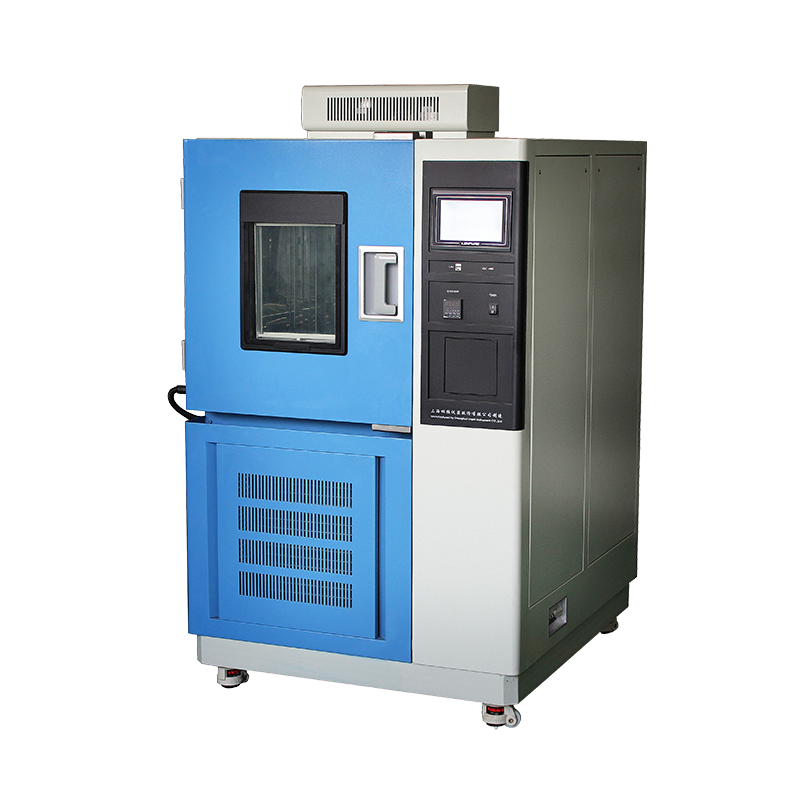

The constant temperature and humidity test chamber is a common testing device used across many industries. With advancements in technology, this equipment has evolved to become more intelligent and user-friendly, making its operation increasingly straightforward. Learning the basic operation of this device is not difficult. Today, we’ll introduce you to the simple steps for operating a constant temperature and humidity test chamber.
1. Turn on the Main Switch and Leakage Protector
Start by turning on the main power switch and the leakage protector to prevent fire or electric shock accidents caused by leakage.
2. Install the Wet Bulb Gauze
Soak the wet bulb gauze and hang the upper end on the humidity sensor, while placing the lower end into the wet bulb slot.

3. Place the Test Samples
When placing the test samples, ensure they are not too densely packed. Arrange them evenly to guarantee uniform exposure to the test conditions. Leave at least 1 cm of space between the samples and the chamber walls to allow proper airflow. Generally, the volume of the samples should occupy about one-third of the chamber’s capacity and should not exceed two-thirds. Importantly, avoid testing flammable, explosive, corrosive, or highly radioactive materials.
4. Prepare for Humidity or High-Temperature Tests
For humidity tests, check if the water tank needs to be filled. For high-temperature tests, remove the wet bulb gauze.
5. Set Parameters on the Control Panel
Start the instrument’s control panel and set the required temperature, humidity, and time parameters.
6. Monitor the Test Process
Turn on the lighting and observe the test process through the viewing window. Avoid opening the chamber door during operation to prevent safety hazards or inaccurate test results.
7. End the Test Safely
After the test is completed, turn off the power and the main switch. If the test temperature is extremely high or low, wait until it returns to normal before opening the door to remove the samples. If immediate removal is necessary, take proper safety precautions to avoid burns or frostbite.
The above steps outline the basic operation of a constant temperature and humidity test chamber. Operators must undergo professional and systematic training before using the equipment. For safety reasons, unauthorized personnel should not operate the machine. It is best for operators to have a comprehensive understanding of the device’s working principles and precautions, enabling them to handle the operation confidently and effectively.